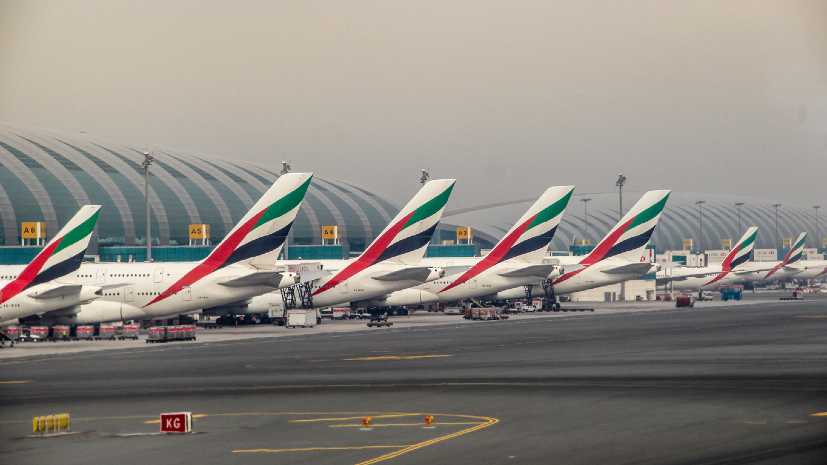Ramadan feasts, such as iftar to break your fast, and suhoor, a meal to keep you sustained for the next day’s fast, are well known.
But what if someone gets hungry and needs some nosh between these two?
That is where the Gulf tradition of ghabga comes in — a family meal had between iftar and suhoor, any time from 11pm to 2am.
“We’ve heard that in the early days, on some Ramadan nights people in Qatar would have a meal after the end of the taraweeh prayers. This was called ghabga,” explains Amani, a Doha resident.
The word loosely translates to a ‘gathering around a table’. The practice continues to hold a special place in her house, where she lives with her immediate family. Her extended family usually join them at the weekend for a lavish meal.
READ MORE
Saudi Arabia’s delicious Ramadan dishes enjoyed by all generations
The tradition is quite old and is believed to have been revived some time in the early 20th century. It helps prevent fasters from overeating during iftar and keeps their blood sugars stable through the night and even the next day.
Earlier, ghabga was mostly a family affair but now the practice can be seen at many places in Qatar.
Large offices and institutions as well as restaurants and hotels organise ghabga parties for the community to come together and celebrate Ramadan. And after a long day of fasting, food is at the centre of the festivities.
For ghabga, families often revert to traditional Qatari dishes.

